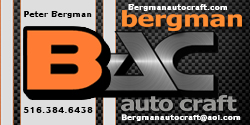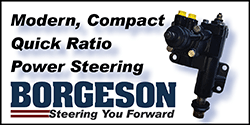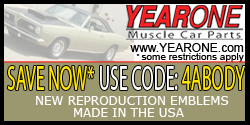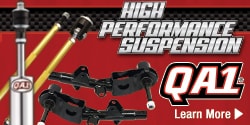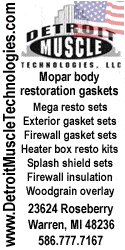I mean seriously... are we trying to debunk 120 years of automotive service procedures here? I'm not sure I get the debate on this - there is none. Yes, sometimes circumstances make it impossible to turn rotors when replacing pads but if you have the ability or choice, do it.
Rotors have a minimum thickness spec. Why? To guard against making them too thin. The minimum spec. means they will still perform adequately even though the part may no longer be the OEM thickness. Anything under that though, you're on your own.
Regardless, you don't take a 1/4" of material off them, just enough to clean them up, maybe a few thousandths. On the lathe, you do a first cut and then a finish cut then hit them with sandpaper for a few seconds to give them a crosshatch like new rotors.
Obviously if rotors are too worn or damaged to cut you replace them. If there are grooves and they wind up being deeper than the minimum spec, they're junk. But, if there's just normal wear and/or no pulsing, turn them to true them up and provide a fresh surface for the pads. That's how brakes come when they're new, right? If things have worn evenly and the minimum spec allows it, there is no good reason
not to turn rotors when replacing pads. You should only need replace the rotors on the third brake job.
Just a side note about bedding new pads - At Chrysler dealer tech school we were taught a basic though specific procedure to bed pads in after a brake job. On the road test, get to an area where you can accelerate the vehicle and bring it to a stop from three varying speeds - 15 mph, 30 mph and 45. No hard stops, apply the brakes firmly and evenly. Do that and they are good to go. That's for everything from Mini vans to Chargers to trucks.
I get it though - no one does it anymore because rotors are so cheap but why spend the money if you don't have to? Parts store rotors can be a crap shoot. (see * below) If I was still doing my own brake jobs I'd cut 'em. Don't forget, we used to turn drums as well. I only did like 1-2 pairs when I was a tech but it's the same idea. I actually still have an old drum mic. and belts.
Grooves in the rotors actually INCREASES the surface area.....
How do you figure? Both the brake pad faces and rotor faces are solid and flat. As long as both surfaces are flat when they meet, there is no space between them. If there are grooves (voids/air aka
spaces) in the rotor face, (however deep) the pad can only make contact with the high points of the grooves. That is the definition of reduced surface area on a flat plane. Warped rotors are the same basic idea but the voids are on a radial axis causing alternating contact between the friction surfaces.
Either way, less surface area = less friction being generated. Less friction means your bakes no worky so much. Period.
*I had a local service station do a brake job on my truck sometime last year. They replaced the OE rotors because they "don't cut rotors anymore". I begrudgingly agreed. The replacements pulsed basically from day one. I was too lazy to go back and fight with them about it. As, you'd expect they have gotten progressively worse to being a hazard, like I now have to replace them ASAP. There's still almost half the pads left. I guarantee that if they cut the OE rotors and bedded the pads in properly they would still be OK. It's getting OE rotors and pads this time and I'll do it myself.
Do what you want, I'm out.



